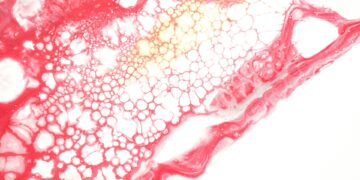Scientists Alarmed As Dolphins Test Positive For Contaminants
Recent research has revealed that fentanyl, a potent opioid, has entered the Gulf of Mexico ecosystem, infiltrating the blubber of bottlenose dolphins living in the region. A study conducted by researchers at Texas A&M University found traces of fentanyl in the blubber of 30 out of 89 dolphins sampled along the Texas coast and in other Gulf states. The study highlights the growing issue of pharmaceutical contaminants, which have increasingly been detected in marine environments worldwide.
The study’s lead author, Dr. Dara Orbach, an assistant professor of marine biology, explained that dolphins’ blubber is a useful indicator of ocean pollutants because it stores contaminants and can be sampled with minimal intrusion. The research team took samples from both live dolphins in areas like Redfish Bay and Laguna Madre, as well as deceased dolphins along the Mississippi coast. Fentanyl was found in the blubber of 18 live dolphins and in all 12 deceased dolphins sampled.
The connection between fentanyl use on land and its presence in marine environments is apparent, with researchers noting that the contamination coincides with major fentanyl-related drug busts. One dead dolphin found in Baffin Bay was discovered within a year of a significant fentanyl drug bust in a nearby county, suggesting the direct link between illicit drug activity and the contamination of local waters. Overall, drugs were detected in 30% of the blubber samples, with the highest concentration in Mississippi dolphins, indicating a long-standing issue in that area.
The study also observed that pharmaceutical concentrations were highest in regions where other environmental stressors, such as oil spills, vessel traffic, and algal blooms, were prevalent. While the full health impact of pharmaceuticals on dolphins remains unclear, the researchers note that dolphins consume similar marine foods to humans, such as shrimp and fish, raising concerns about potential risks for both marine mammals and humans. This research underscores the need for larger studies to understand the extent of pharmaceutical contamination and its effects on marine life.
Orbach and her team stressed the importance of further investigation into the long-term effects of chronic exposure to pharmaceuticals, which could have cumulative effects on marine mammals. Their findings call attention to the urgent need for large-scale studies to identify the sources and spread of pharmaceutical pollution in marine ecosystems.

































Discussion about this post